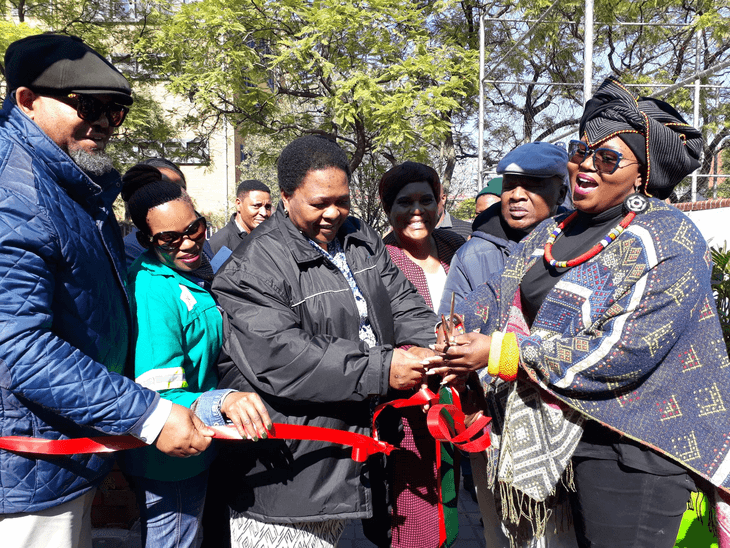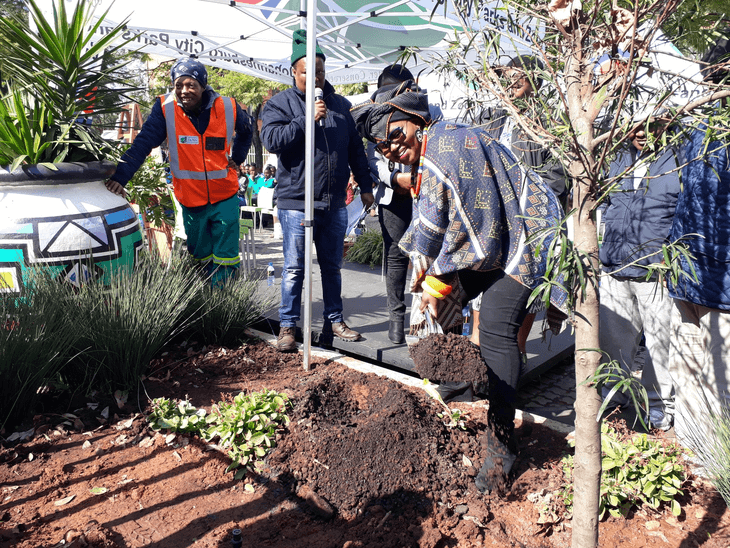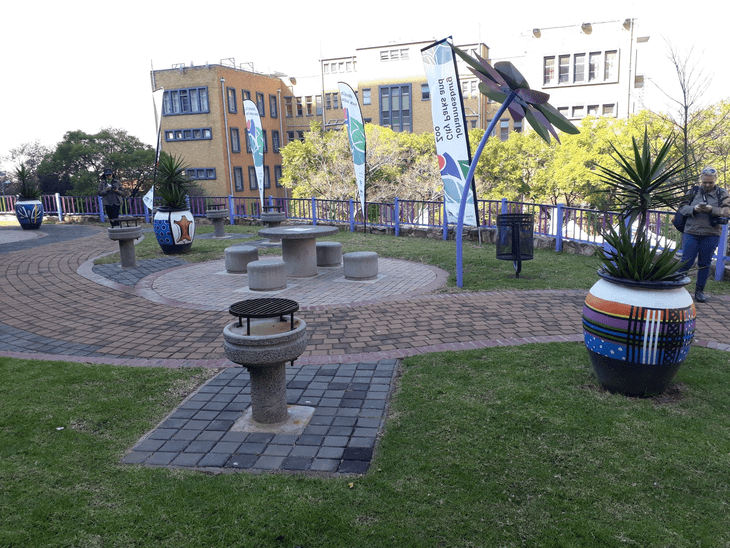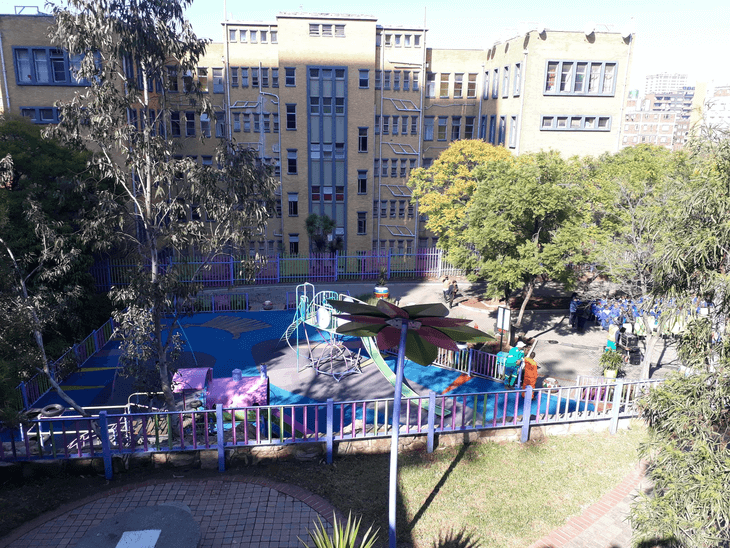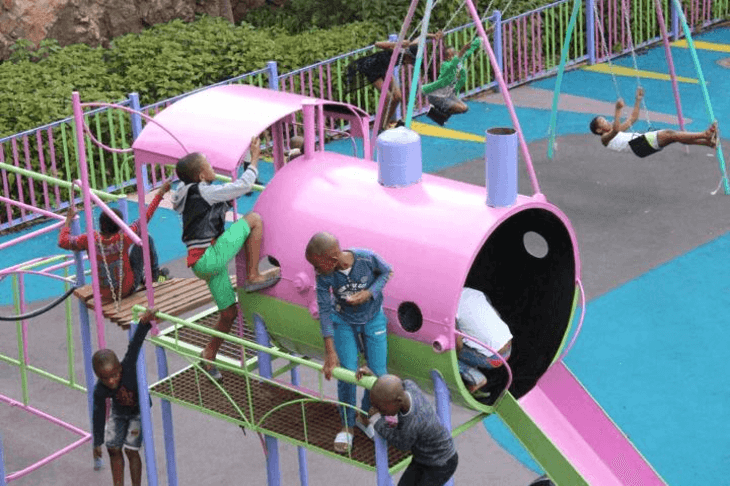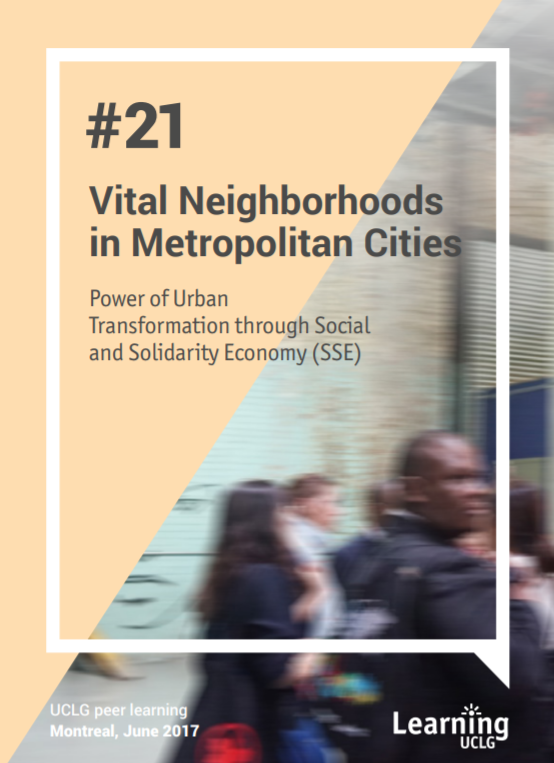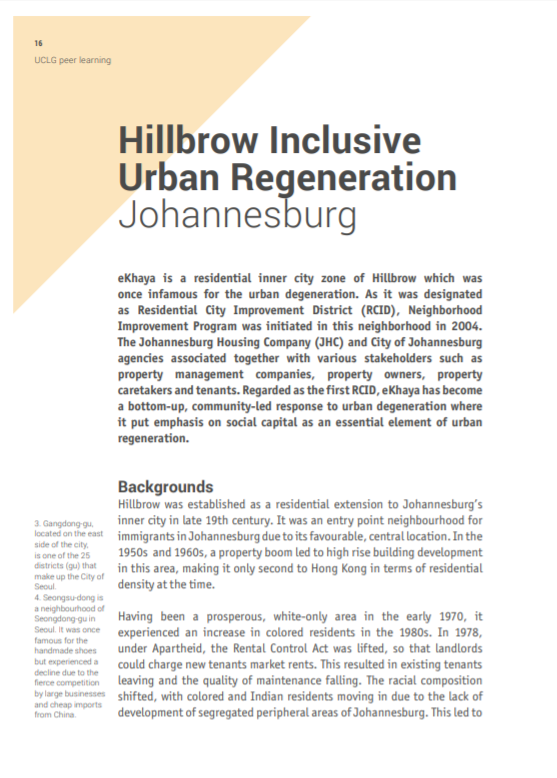eKhaya : an urban regeneration project in Johannesburg, South Africa
Status
ongoingCity
Johannesburg
Main actors
City Government, Private Sector, Community / Citizen Group, Public Utility
Project area
Neighborhood or district
Duration
Ongoing since 2004
Through community mobilization, the eKhaya neighbourhood regeneration program has influenced the re-development of other declining areas in the City of Johannesburg.
eKhaya is a residential inner-city neighbourhood in Hillbrow, a district of Johannesburg. Hillbrow is historically known for high levels of unemployment, poverty, crime and population density. In 2004 eKhaya was designated as a Residential City Improvement District (RCID) and a Neighborhood Improvement Program was implemented with the support of the City of Johannesburg and The Johannesburg Housing Company (JHC) together with other stakeholders including property management companies, property owners, property caretakers and tenants. The project demonstrates a bottom-up, community-led response to urban degeneration that puts emphasis on social capital as an essential element of urban regeneration.
This case study was contributed from the UCLG Learning Team.
Peer-Learning Note #21 on Vital Neighborhoods in Metropolitan Cities
The district of Hillbrow was established as a residential extension to Johannesburg in the late 19th century. It was identified as an entry point neighbourhood for Immigrants due to its favourable, central location. During the 1950s and 1960s, a property boom led to extensive high-rise building developments in the area, making it only second to Hong Kong in terms of residential density at that time.
In the 1970s Hillbrow was a prosperous, designated whites-only area. In 1978, under Apartheid, the Rental Control Act was lifted and landlords could now charge new tenants market rents, this resulted in a massive exodus of European migrants, the beginning of “white flight” from the city. The escalating violence in other townships of Johannesburg, together with the abolition of the Rental Control Act, led many colored and Indian people to move to Hillbrow. By 1980, the racial composition of the district had changed, leading the City of Johannesburg administration to declare Hillbrow a “gray area”, where people of different ethnicities lived together. Rising rents forced tenants to sublet, causing over-crowding in poorly maintained buildings.
Subsequently, Hillbrow suffered from urban degeneration, over-population, unemployment, poverty, drugs, homicides and violence combined with many derelict buildings and by the 1990s the district was classified as an urban slum.
The objectives of the eKhaya Neighbourhood Improvement Program include:
- Improving the living environment
- Increasing social housing programs, systems and support
- Activating local government interventions in the public realm (streets, alleyways, etc.)
- Attracting private sector investment in building and management services
- Changing resident perception of the area
By initiating the Neighborhood Improvement Program in 2004, The City of Johannesburg administration sought to dispel the notion that Hillbrow, and in particular eKaya, as a violent, no-go area by creating a liveable neighbourhood characterised by safety, cleanliness and friendliness, the three principles underpinning the initiative.
Beyond changes to the physical improvement of the area, the project sought to break the fear associated with “grey areas”. From the outset, the initiative used social capital as the basis of transformation and physical regeneration. Social capital was promoted by bringing together different stakeholders– property caretakers, for-profit and not-for-profit property owners, tenants and the city administrators – and encouraging them talk to one another on a regular basis, creating positive relationships.
The first critical phase placed emphasis on community mobilization. Following the purchase of properties by the Johannesburg Housing Company and Trafalgar Property Management, JHC’s housing consultant and community organiser initiated the ‘Know Your Neighbourhood’ campaign with the help of property caretakers. The cost for this phase was approximately ZAR 500,000 (approximately USD 35,000).
Aimed at breaking down barriers and fostering familiarisation among residents and stakeholders, the campaign involved neighbourhood scanning in the form of walkabouts. This led to active mobilisation of the housing managers and/or property caretakers around building issues, and the establishment of a housing manager forum. Following the mobilisation of the key stakeholders, primarily building managers – who identified crime, grime and violent New Years’ Eve celebrations as the immediate challenges – a voluntary association was set up and an executive committee was elected. As a result of these steps, property owners agreed to the payment of monthly levies of ZAR 24 (USD 1,70) to mitigate the challenges identified. The successful mobilisation of property owners generated a monthly income of ZAR 6400 (USD 450).
The second phase emphasized ‘bottom-up physical regeneration’. The monthly levies from the property owners enabled the eKhaya executive committee to introduce a security and street cleaning project called ‘Our Clean eKhaya Neighbourhood’ by contracting Bad Boy’z Security (a private security services provider) to work with Pikitup (a city refuse removal institution) – to clean the streets around member buildings. The levies also facilitated the start of the public space upgrading and management, which was supported by public agencies including the Johannesburg Development Agency (JDA). The first public spaces to be upgraded were derelict pavements and the grimy sanitary lanes, were cleaned and made secure.
The third phase involved community development and further attempts to foster the notion of friendliness in the eKhaya neighbourhood and the Hillbrow district. This was accomplished through social cohesion programmes such as the annual children’s program, the eKhaya Street Soccer concept, and the eKhaya Kidz’ Day event, which were largely driven by the precinct’s property caretakers.
The lead agencies for the project are The City of Johannesburg and the Johannesburg Housing Company. The City of Johannesburg is responsible for capital investment in streets, lighting, lane upgrades and the renovation and upgrades of the eKhaya park and other public spaces. The Johannesburg Housing Company and Trafalgar Properties provided the seed funding as well as providing administration and general logistics support. Membership levy fees also contribute to the ongoing upkeep on buildings.
Project activities such as children’s recreational and social cohesion programmes all require some level of resourcing. Generally, these are financed from a combination of other sources:
- sponsorship by way of cash or in-kind support external grant fund raising including from the municipality
- contribution from service providers
- volunteer work from people involved in activities
- tenant and member fund-raising activities
- small entrance fee for participation
The eKhaya project has helped to achieve the following outcomes:
- regeneration of the physical quality of the neighbourhood
- increase in the sense of security and wellbeing of its residents
- generation of increased private and public investment in the area
- stimulation of social cohesion and positive community involvement
- making the eKhaya neighbourhood a positive-place-to-live for tenants
After years of extensive mediation and lobbying with the city administration, a site once abandoned to drugs and crime was reclaimed and upgraded into a recreational space for children, named eKhaya Park. The city administration invested ZAR 7 million (USD 500,000) in the park and provides on-going maintenance and gardening services.
‘Our Healthy eKhaya’ and ‘Safe New Year’ campaigns, largely driven by the property caretakers, involve the display of posters discouraging violent and chaotic behaviour. This has resulted in peaceful festive celebrations in the area since 2004, and residents now take more ownership of internal and external spaces.
Businesses and retail franchises are slowly returning to the area and will provide employment opportunities moving forward.
The implementation of the eKhaya project has led to a significant drop in crime and grime, both within and outside eKhaya member buildings, and has created a more liveable environment. In a 2016 survey on the impact for tenants, the general response was that eKhaya had positively impacted on their quality of life and livelihoods.
The eKhaya Neighbourhood Improvement Programme has ensured that a large part of the Hillbrow district is safe, clean and an inviting place to live, however ongoing social challenges remain in some sections of the district including:
- “hi-jacked” buildings
- drug use
- unemployment and poverty
- aging engineering services
- fragmented Institutional structures
The eKhaya project demonstrates that solutions to urban problems cannot only be devised by city administrators, but can also be generated by residents and business owners and operators.
The eKhaya neighborhood is managed by a consortium of public agencies, private sector and community actors. It demonstrates the power of mobilization to actively engage residents –those who own property and those who do not own property – by giving them a voice in urban regeneration efforts of the district.
While most urban regeneration initiatives lead to gentrification and the exclusion of low-income residents, the eKhaya project is flexible towards informal and street trading and subletting. These practices are often seen by city officials as illegal by contributing to urban disorder, however, they are imperative to making the city inclusive to the urban poor.
Vital Neighborhoods in Metropolitan Cities, Power of Urban Transformation through Social and Solidarity Economy (SSE), UCLG peer learning Note, Montreal, June 2017
Want to know more about this project?
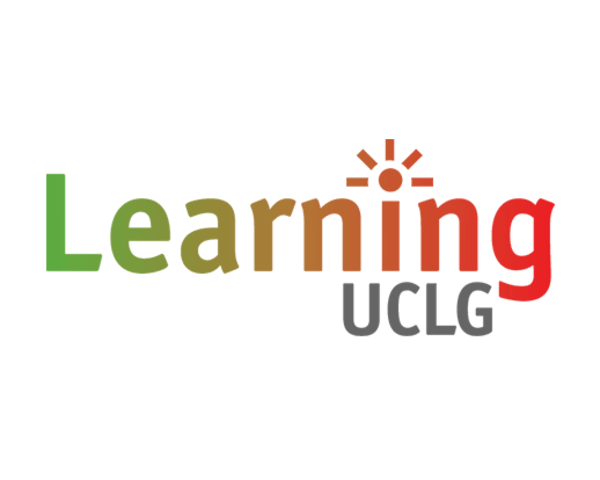
Barcelona (área metropolitana), Spain
UCLG Learning
Institution | Local and Regional Government Network
Related case studies
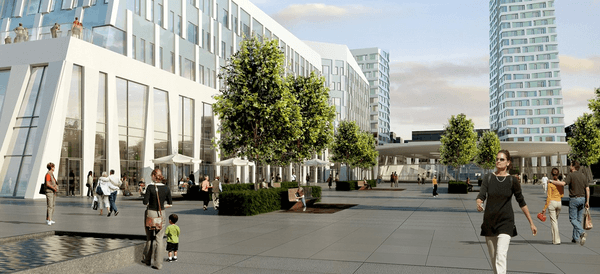
Malmö, Sweden
Climate Smart Hyllie
Hyllie is Malmö's largest residential and commercial development area. By 2030, Hyllie will be 100% sustained by renewable or recycled energy, achieved by using integrated new and smart technology solutions.
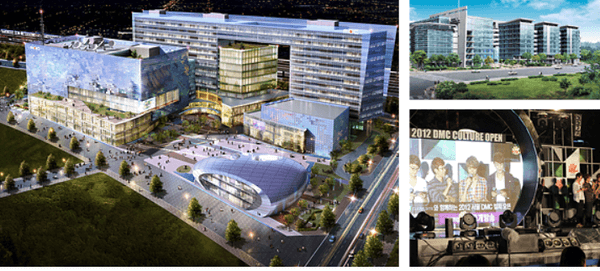
Seoul , South Korea
Sangam Digital Media City (DMC) - City of Tomor...
As an industrial cluster of digital media and entertainment companies, the DMC produces and disseminates cutting-edge media contents.
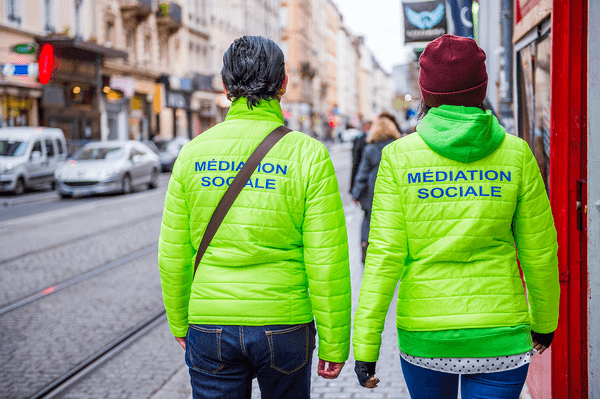
Grand Lyon, France
Gabriel Peri Square – Management of a public sp...
The City of Lyon has instituted action to secure the public space at Gabriel Peri Square using uniformed mediators to facilitate long-term social cohesion.
